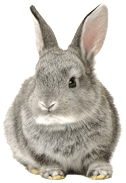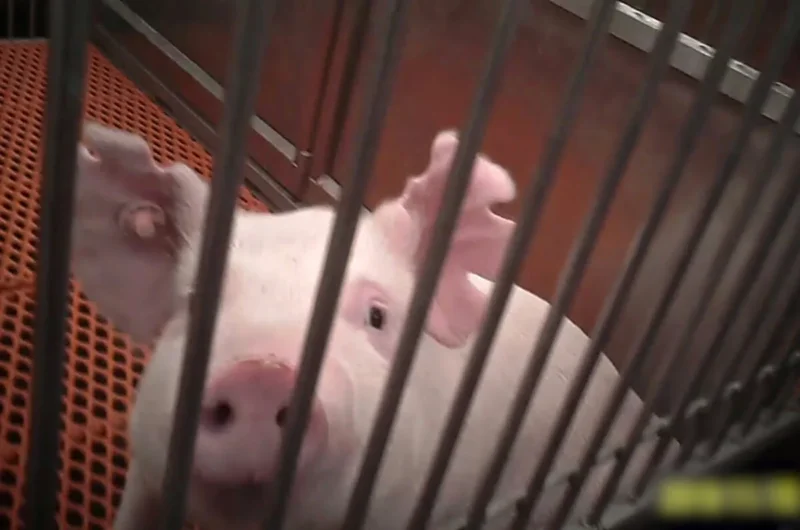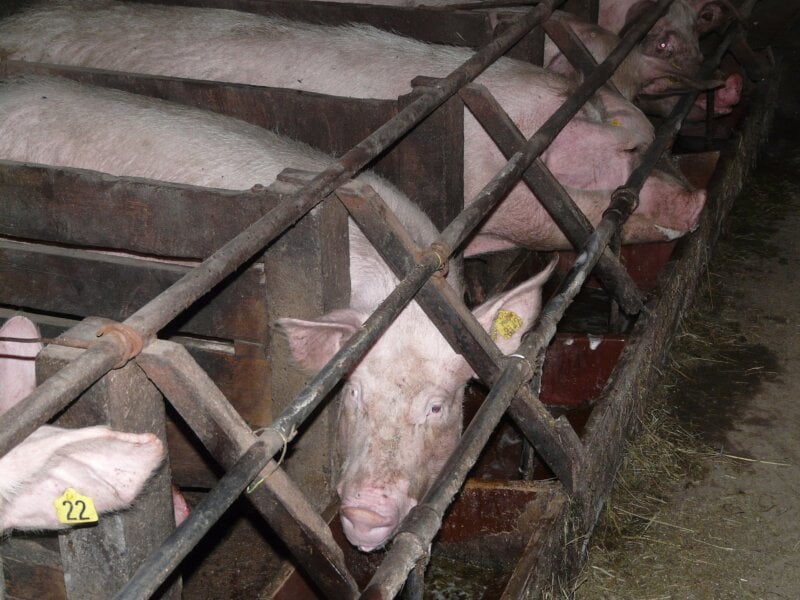Rajasthan Issues Circular Against Confining Mother Pigs to Vile Crates, Following PETA India Appeal
Following an appeal from PETA India to prohibit the use of gestation and farrowing crates in pig farming, the Animal Husbandry Directorate, Government of Rajasthan, has issued a circular directing all district joint directors of the Department of Animal Husbandry to coordinate with the district administration to ensure compliance with Section 11(1)(e) of The Prevention of Cruelty to Animals Act, 1960, which prohibits keeping any animal in a cage or receptacle that does not offer a reasonable opportunity for movement. Gestation and farrowing crates severely prohibit movement, and animal agriculture contraptions which violate Section 11(1)(e) are illegal as confirmed by the Indian Council of Agricultural Research’s National Research Centre on Pig. Circulars prohibiting the use of gestation and farrowing crates have already been issued by the governments of Goa, Karnataka, and Madhya Pradesh following PETA India’s action. A similar circular was previously issued by the Punjab government.
Gestation crates (aka “sow stalls”) are metal cages essentially the size of a pig, with concrete or slatted floors, in which the animals are unable to turn around or even stand up without difficulty. These crates are used to confine pregnant pigs, who are typically transferred to farrowing crates to give birth and kept in them until their piglets are taken away. These crates are fundamentally the same as gestation crates, except that they contain small side rooms for piglets.
Gestation and farrowing crates deny mother pigs everything that’s natural and important to them, such as opportunities to forage, build a nest for their young, socialise with other pigs, and regulate their body temperature (such as by wallowing in mud). The crates also force pigs to live amid their own faeces and urine. The extreme stress and frustration caused by this severe confinement results in abnormal behaviour, such as continually biting at the enclosure bars or “chewing” the air.
Support Our Work









